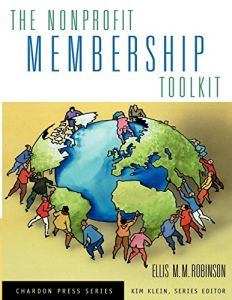
Recommendation
This book offers one-stop shopping for the nonprofit organization in need of money, political influence, credibility, free labor and all of the other benefits that members can bring. Not only does the book provide abundant information on recruiting members, it also offers, free and online, copies of forms and worksheets you can use to help advance your organization’s membership campaign. It begins at the beginning, explaining what membership is. This may sound self-evident, but the very definition of membership has some surprising twists. This book will save you from making some very obvious mistakes - such as failing to convert people who contact you into members. It’s a straightforward, no-nonsense workbook with excellent samples and examples. If you are an executive, board member, staffer or volunteer at a nonprofit, getAbstract.com offers its congratulations: at last, here’s the right book for you.
Summary
About the Authors
Ellis M.M. Robinson, president of The Buttonwood Partnership, has more than 25 years of experience in membership development, fundraising and nonprofit management. She conducts training seminars on membership for such nonprofits as the Alaska Wilderness League, the Island Institute, the Land Trust Alliance and others. Kim Klein, the editor of this series of books, is the author of Fundraising for Social Change and the co-author of Stir It Up: Lessons in Community Organizing and Advocacy, which she wrote with Rinku Sen.








Comment on this summary